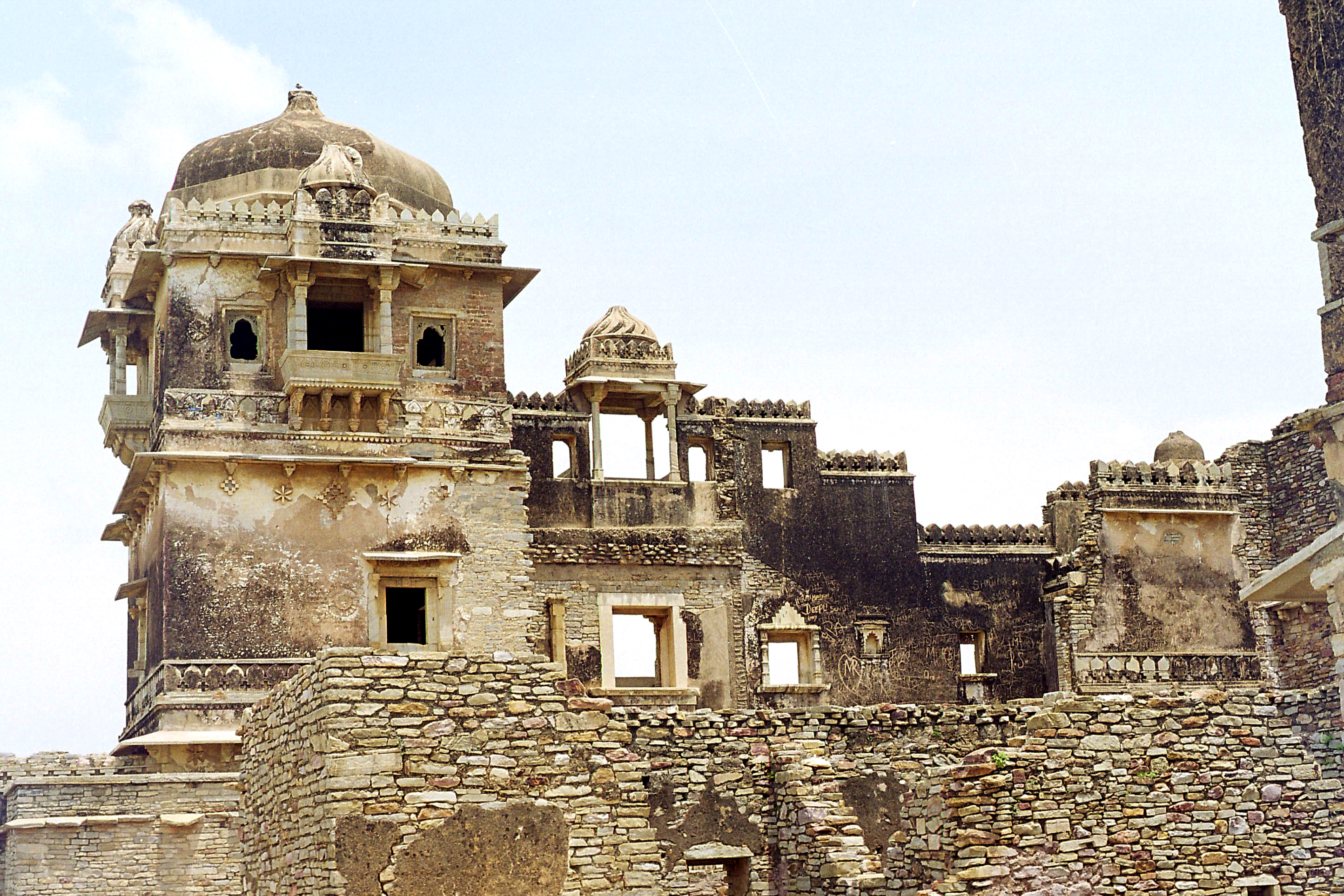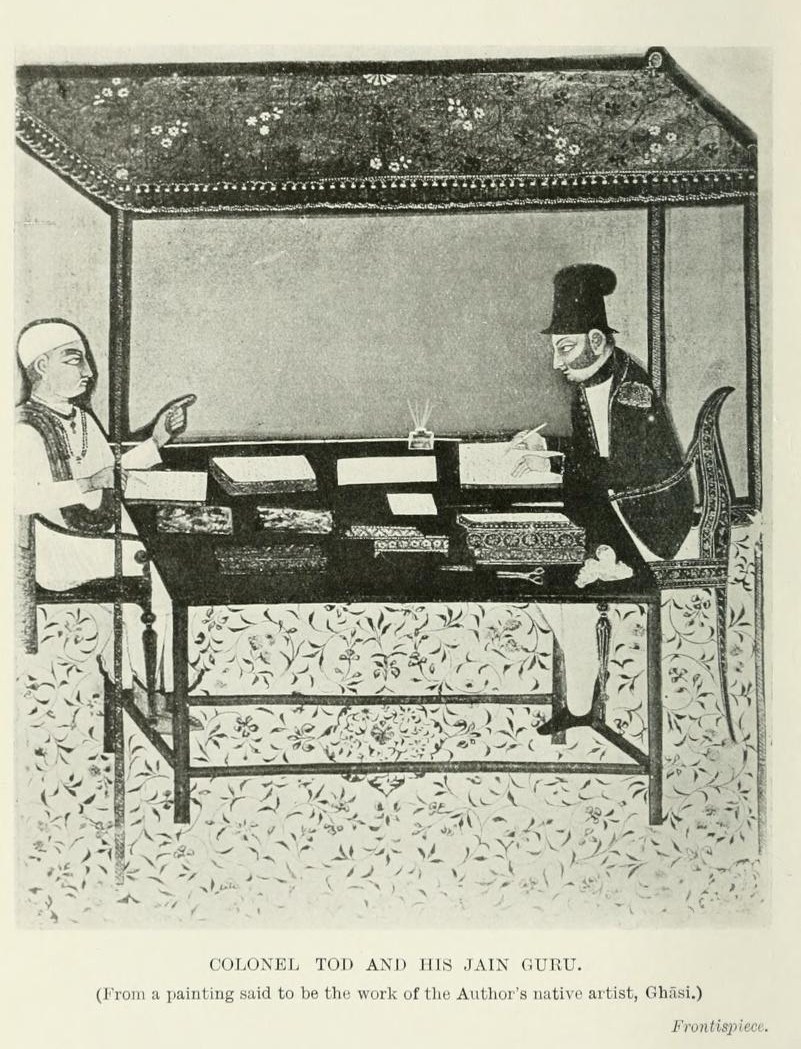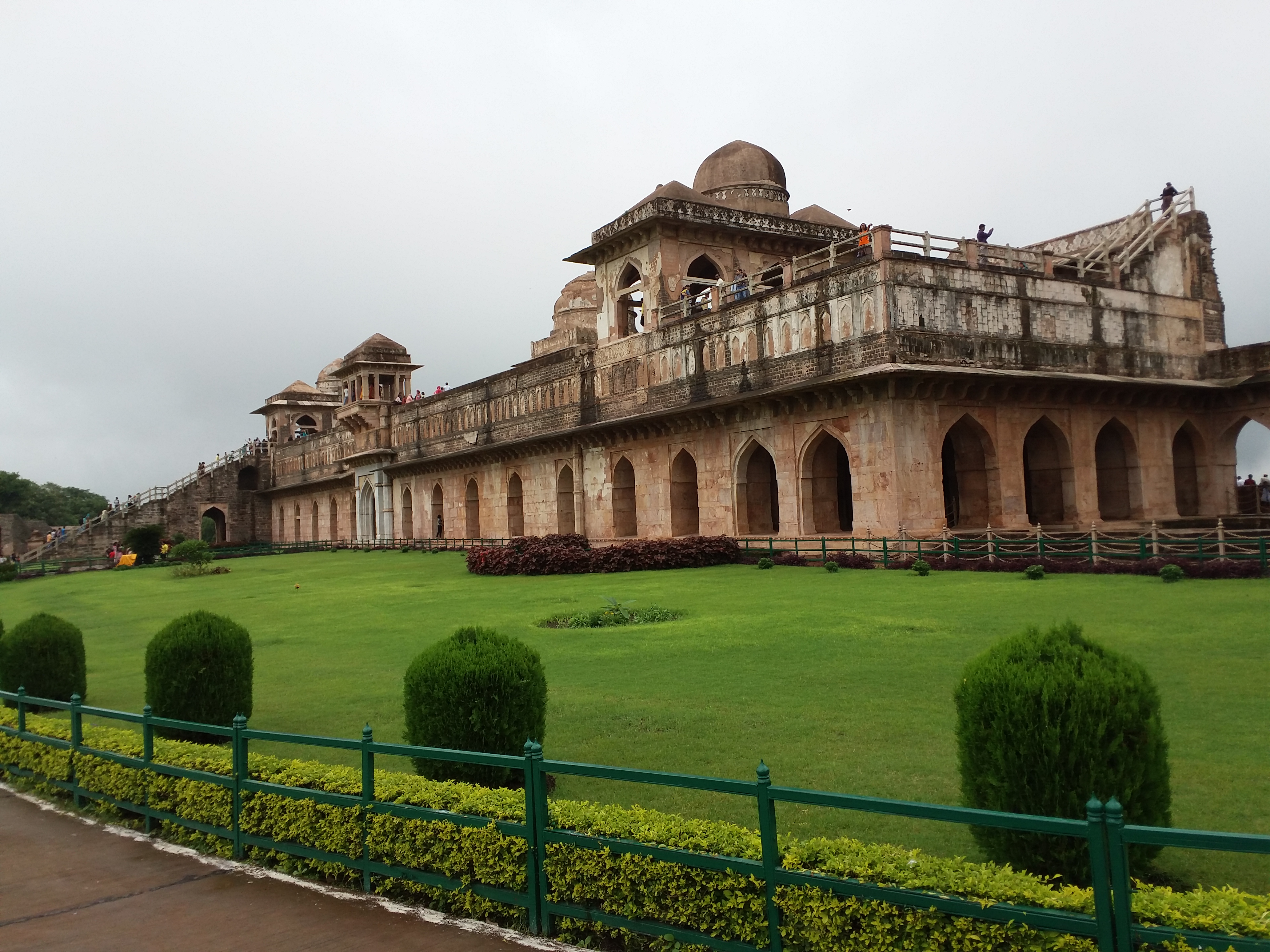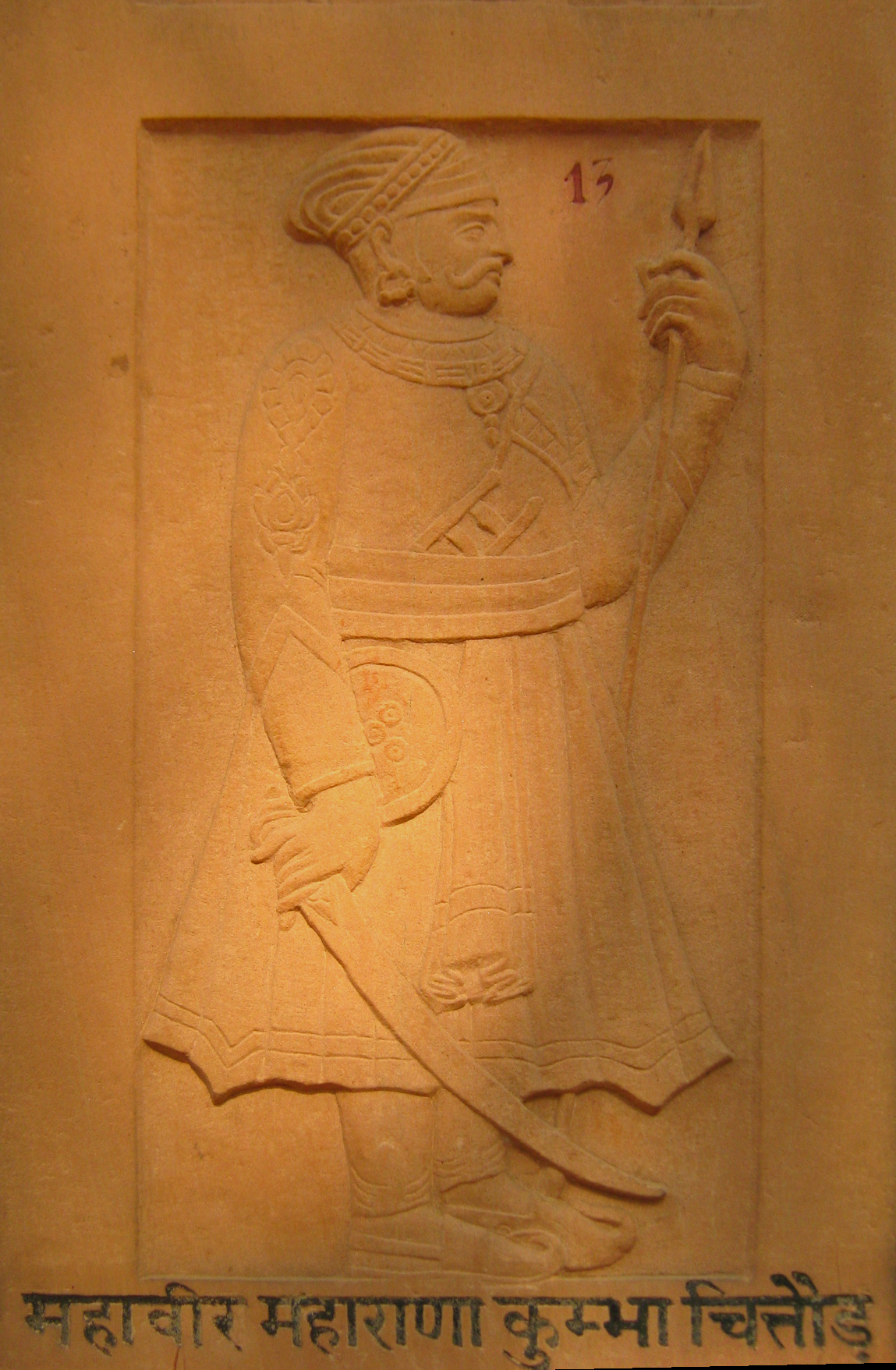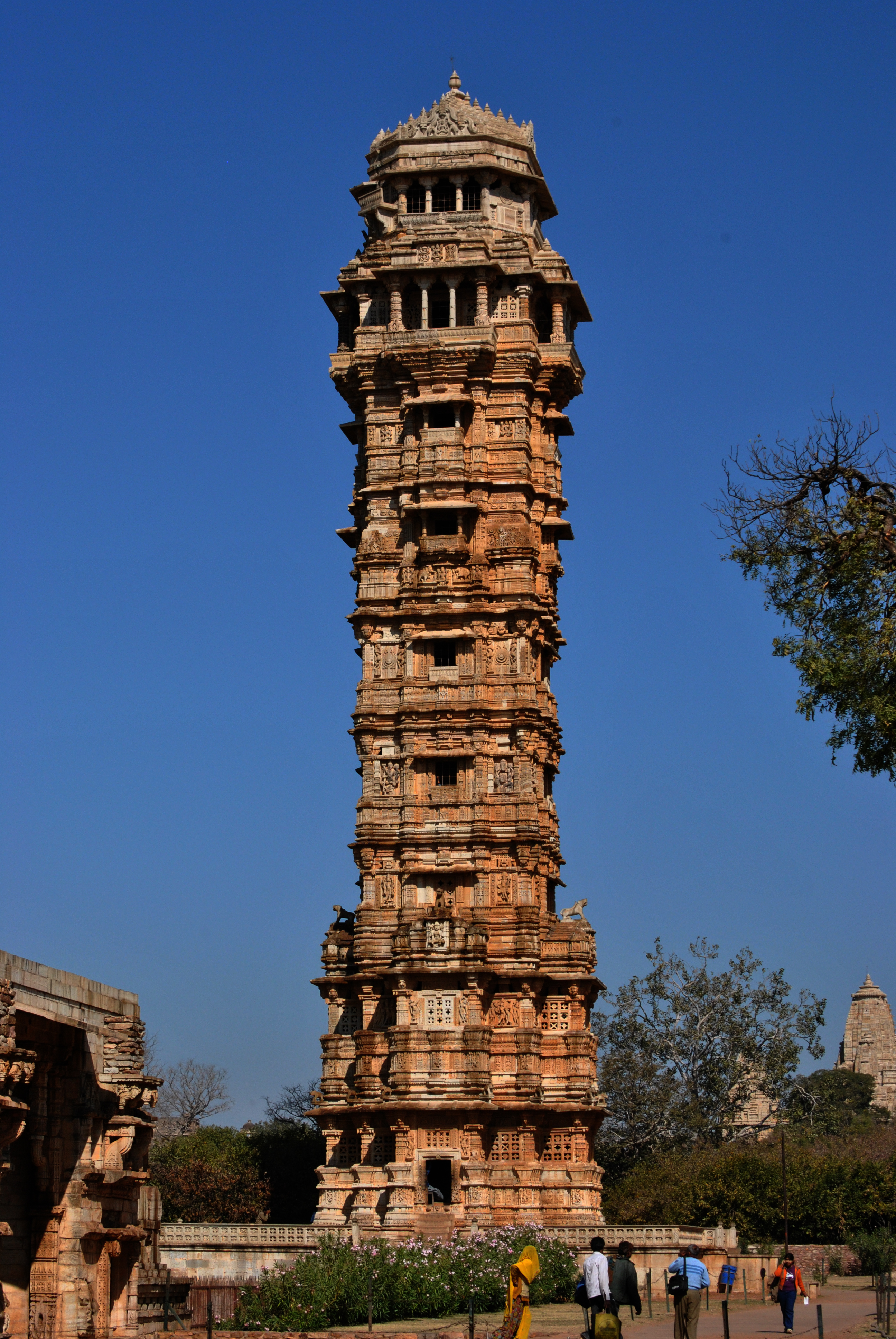|
Udai Singh I
Udai Singh I (? –1473) Udaikaran or Udah, was the Rana (r. 1468–1473) of Mewar Kingdom. He was a son of Rana Kumbha. Biography Udai Singh killed his father, Rana Kumbha, in 1468 and thereafter became known as ''Hatyara'' (Murderer). Udai himself died in 1473, with the cause of death sometimes being stated as a result of being struck by lightning but more likely to have also been murder by his own brother Rana Raimal to avenge the death of their father, Rana Kumbha. The death by lightning account is mentioned in the Mewar chronicle ''Vir Vinod'', by Kavi Shyamaldas, which James Tod mistook to be about the sultan of Delhi rather than Ghiyath Shah Ghiyath Shah, also known as Ghiyas-ud-Din Shah or Ghiyasuddin, was a Sultan of the Malwa Sultanate in the fifteenth century. The son of his predecessor Mahmud Shah I, he reigned from 1469 to 1500. A military leader before his accession, he was ..., the Sultan of Malwa. It was Shah who agreed to render assistance to Udai ... [...More Info...] [...Related Items...] OR: [Wikipedia] [Google] [Baidu] |
Rana (title)
Rana ( IAST: ''Rāṇā'', Sanskrit: ) is a historical title denoting an absolute Hindu monarch in the Indian subcontinent. Today, it is used as a hereditary name in the Indian and Pakistani subcontinent. "Rana" was formerly used as a title of martial sovereignty by Jat and Rajput kings in India. Rani is the title for the wife of a rana or a female monarch. It also applies to the wife of a raja. Compound titles include ''rana sahib'', ''ranaji'', ''rana bahadur'', and ''maharana''. Usage in the Indian subcontinent "Rana" was formerly used as a title of martial sovereignty by Rajput kings in India. Sisodia rulers of Mewar used the title of Mahārāṇā (महाराणा) extensively in their royal charters. Today, members of some Rajput clans in Indian subcontinent use it as a hereditary title. In Pakistan, mostly Muslims—but also some Hindus in Sindh (present-day Pakistan)—use it as a hereditary title. Umerkot, a state in Sindh, has a Hindu Thakur Sodha Rajput rul ... [...More Info...] [...Related Items...] OR: [Wikipedia] [Google] [Baidu] |
Mewar
Mewar or Mewad is a region in the south-central part of Rajasthan state of India. It includes the present-day districts of Bhilwara, Chittorgarh, Pratapgarh, Rajsamand, Udaipur, Pirawa Tehsil of Jhalawar District of Rajasthan, Neemuch and Mandsaur of Madhya Pradesh and some parts of Gujarat. For centuries, the region was ruled by Rajputs. The princely state of Udaipur emerged as an administrative unit during the period of British East India Company governance in India and remained until the end of the British Raj era. The Mewar region lies between the Aravali Range to the northwest, Ajmer to the north, Gujarat and the Vagad region of Rajasthan to the south, the Malwa region of Madhya Pradesh state to the south and the Hadoti region of Rajasthan to the east. Etymology The word "Mewar" is vernacular form of "Medapata" ( IAST: Medapāṭa), the ancient name of the region. The earliest epigraph that mentions the word "Medapata" is a 996–997 CE (1053 VS) inscription discovered ... [...More Info...] [...Related Items...] OR: [Wikipedia] [Google] [Baidu] |
Kumbha Of Mewar
Kumbhakarna Singh (r. 1433–1468 CE), popularly known as Maharana Kumbha, was the Maharana of Mewar kingdom in India. He belonged to the Sisodia clan of Rajputs. Rana Kumbha is known for his illustrious military career against various sultanates and patronization of art and music and architecture. Early life Rana Kumbha was born at Madariya, in a Hindu Rajput family of Sisodia clan. Kumbha was a son of Rana Mokal Singh of Mewar by his wife, Sobhagya Devi, a daughter of Jaitmal Sankhla, the Paramara fief-holder of Runkot in the state of Marwar. He was the 48th Rana of Mewar and succeeded Rana Mokal Singh in the year 1433 CE as the ruler of Mewar. Early period After being overrun by the armies of Alauddin Khalji at the turn of the 13th century, Mewar had become relatively insignificant. Rana Hammira is credited with casting off the Turkic yoke and establishing the second Guhila dynasty of Chittor in 1335. The title ''Rana'', and later ''Maharana'', were used by rulers of ... [...More Info...] [...Related Items...] OR: [Wikipedia] [Google] [Baidu] |
Rana Raimal
Raimal Singh Sisodia, also known as Rana Raimal, (r. 1473–1509) was a Hindu Rajput ruler of Mewar. Maharana Raimal was the son of Kumbha of Mewar, Rana Kumbha. He came to power by defeating his patricide predecessor, Udai Singh I in battles at Jawar, Darimpur and Pangarh. Early in Raimal's reign, Ghiyath Shah, Ghiyas Shah of Malwa attacked Chittorgarh, Chittor unsuccessfully. Soon after, Ghiyas Shah's general, Zafar Khan attacked Mewar and was defeated at Mandalgarh and Khairabad. By marrying Sringardevi (daughter of Rao Jodha), Raimal ended the conflict with the Rathores. During Raimal's reign, Godwar, Toda and Ajmer were captured by his son Prithviraj_Sisodia, Prithviraj. Raimal also strengthened the state of Mewar and repaired the temple of Eklingji in Chittor. Ascent to the throne Raimal was not the heir-apparent, he was younger to Udai Singh I. But as fate would have it, Udai Singh I killed his father, the legendary Kumbha of Mewar, Rana Kumbha, while he was praying t ... [...More Info...] [...Related Items...] OR: [Wikipedia] [Google] [Baidu] |
Sisodias Of Mewar
The Sisodia clan of Mewar, also called the "House of Mewar", is a Rajput clan that ruled the Kingdom of Mewar, later called the Udaipur State under the British Raj. The dynasty traces its ancestry back to Rahapa, a son of the Guhila king Ranasimha. Hammir Singh, a scion of this branch family of the Guhilas, re-established the Kingdom of Mewar after defeating the Tughluq sultans of Delhi.''The Rajputs of Rajputana: a glimpse of medieval Rajasthan'' by M. S. Naravane List of ''Maharanas'' See also *Udaipur State *List of Indian monarchs The following list of Indian monarchs is one of several lists of incumbents. It includes those said to have ruled a portion of the Indian subcontinent, including Sri Lanka. The earliest Indian rulers are known from epigraphical sources fo ... References Bibliography * External links {{Rajput Groups of India Mewar dynasty Suryavansha Rajput rulers ... [...More Info...] [...Related Items...] OR: [Wikipedia] [Google] [Baidu] |
Mewar Kingdom
Kingdom of Mewar, sometimes known as Udaipur State, was ruled by the Sisodia dynasty. It was an independent kingdom in Rajputana region of India. It was established around the 7th century as minor rulers of the Nagada-Ahar region of Udaipur and later in the 10th century, it transformed into an independent state under Rawal Bharttripatta II. In 1303, the kingdom was invaded, its capital fort Chittorgarh was besieged and taken by Alauddin Khalji killing the entire main branch of the family known as the '' Rawal Branch''.: "Amir Khusrau's works have omitted mention of several episodes unpalatable to the Sultan among them the murder of Jalaluddin Khilji by his nephew, Alauddin; Alauddin's defeat at the hands of the Mongols; and the Mongol siege of Delhi. Srivastava also asserts that it would be wrong to say that Jayasi had concocted the entire story of Padmini. He holds that ‘Jayasi wrote out a romance, the plot of which he derived from Amir Khusrau's Khazain-ul-Futuh’, and wh ... [...More Info...] [...Related Items...] OR: [Wikipedia] [Google] [Baidu] |
James Tod
Lieutenant-Colonel James Tod (20 March 1782 – 18 November 1835) was an officer of the British East India Company and an Oriental scholar. He combined his official role and his amateur interests to create a series of works about the history and geography of India, and in particular the area then known as Rajputana that corresponds to the present day state of Rajasthan, and which Tod referred to as ''Rajast'han''. Tod was born in London and educated in Scotland. He joined the East India Company as a military officer and travelled to India in 1799 as a cadet in the Bengal Army. He rose quickly in rank, eventually becoming captain of an escort for an envoy in a Sindian royal court. After the Third Anglo-Maratha War, during which Tod was involved in the intelligence department, he was appointed Political Agent for some areas of Rajputana. His task was to help unify the region under the control of the East India Company. During this period Tod conducted most of the resea ... [...More Info...] [...Related Items...] OR: [Wikipedia] [Google] [Baidu] |
Ghiyath Shah
Ghiyath Shah, also known as Ghiyas-ud-Din Shah or Ghiyasuddin, was a Sultan of the Malwa Sultanate in the fifteenth century. The son of his predecessor Mahmud Shah I, he reigned from 1469 to 1500. A military leader before his accession, he was known during his reign for his religious devotion and cultural life. During his reign, the Nimatnama-i-Nasiruddin-Shahi was written and illustrated. His court was known for having over 12,000 women, including entertainers and scholars. His exiled son Nasir-ud-Din Shah revolted and took the throne in October 1500. Ghiyasuddin was found dead four months later and is believed to have been poisoned by his son and successor. Biography The eldest son of Mahmud, Ghiyath served his father as a military leader. He was made Shah at the death of his father in 1469. According to Firishta, shortly after his accession, he held a grand feast at which he announced that after thirty-four years on the field he was yielding his military rule to his son. He w ... [...More Info...] [...Related Items...] OR: [Wikipedia] [Google] [Baidu] |
Sisodia
The Sisodia is an Indian Rajput dynasty belonging to the clan that ruled over the kingdom of Mewar in Rajasthan. The name of the clan is also transliterated as ''Sesodia'', ''Shishodia'', ''Sishodia'', ''Shishodya'', ''Sisodya'', ''Sisodiya'', ''Sisodia''. Origins The Sisodia dynasty traced its ancestry to Rahapa, a son of the 12th century Guhila King Ranasimha. He founded the village of Shisoda, in modern day Rajsamand district, as his capital, after which his descendants were called Sisodias. The main branch of the Guhila dynasty ended with their defeat against the Khalji dynasty at the Siege of Chittorgarh (1303). In 1326, Rana Hammir, who belonged to Sisodiya branch, reclaimed control of the region, re-established the dynasty, and also became the founder of the Sisodia dynasty clan, a branch of the Guhila dynasty, to which every succeeding Maharana of Mewar belonged, and the Sisodias regained control of Chittor, the former Guhila capital.''The Rajputs of Rajputana: a gl ... [...More Info...] [...Related Items...] OR: [Wikipedia] [Google] [Baidu] |
Year Of Birth Unknown
A year or annus is the orbital period of a planetary body, for example, the Earth, moving in its orbit around the Sun. Due to the Earth's axial tilt, the course of a year sees the passing of the seasons, marked by change in weather, the hours of daylight, and, consequently, vegetation and soil fertility. In temperate and subpolar regions around the planet, four seasons are generally recognized: spring, summer, autumn and winter. In tropical and subtropical regions, several geographical sectors do not present defined seasons; but in the seasonal tropics, the annual wet and dry seasons are recognized and tracked. A calendar year is an approximation of the number of days of the Earth's orbital period, as counted in a given calendar. The Gregorian calendar, or modern calendar, presents its calendar year to be either a common year of 365 days or a leap year of 366 days, as do the Julian calendars. For the Gregorian calendar, the average length of the calendar year ( ... [...More Info...] [...Related Items...] OR: [Wikipedia] [Google] [Baidu] |
Mewar Dynasty
Kingdom of Mewar, sometimes known as Udaipur State, was ruled by the Sisodia dynasty. It was an independent kingdom in Rajputana region of India. It was established around the 7th century as minor rulers of the Nagada-Ahar region of Udaipur and later in the 10th century, it transformed into an independent state under Rawal Bharttripatta II. In 1303, the kingdom was invaded, its capital fort Chittorgarh was besieged and taken by Alauddin Khalji killing the entire main branch of the family known as the '' Rawal Branch''.: "Amir Khusrau's works have omitted mention of several episodes unpalatable to the Sultan among them the murder of Jalaluddin Khilji by his nephew, Alauddin; Alauddin's defeat at the hands of the Mongols; and the Mongol siege of Delhi. Srivastava also asserts that it would be wrong to say that Jayasi had concocted the entire story of Padmini. He holds that ‘Jayasi wrote out a romance, the plot of which he derived from Amir Khusrau's Khazain-ul-Futuh’, and wh ... [...More Info...] [...Related Items...] OR: [Wikipedia] [Google] [Baidu] |


